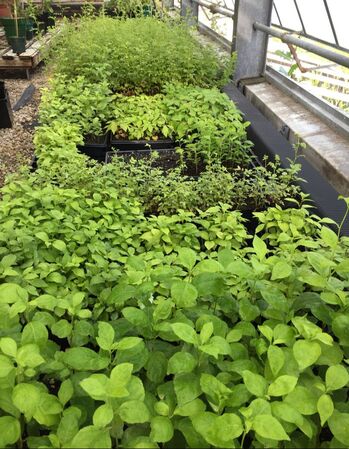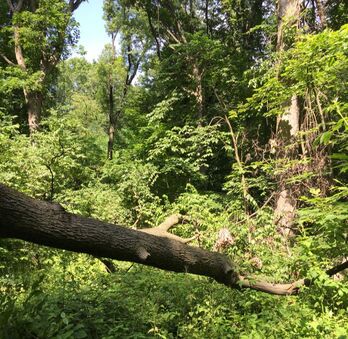|
Invasive plant removal is one of the most common and costly restoration measures in forests. Although efforts to control invasive plants are widespread, forests are often reinvaded following management. Changes in soil nutrient availability could help explain why some forests are susceptible to reinvasion. The fluctuating resource hypothesis predicts that the invasibility of plant communities increases along with the supply of unused resources. This theory stems from the fact that many invasive plants have performance traits associated with fast growth rates, which can enable them to outcompete native species in high resource environments. Invasive plants can directly enhance soil nutrient availability through leaf litter and root inputs, and these changes can create positive feedbacks that promote their dominance. Yet, forest disturbance is also one of the most commonly cited drivers of plant invasions, and it can also enhance nutrient supply rates by reducing vegetation cover and plant nutrient uptake. The complex relationships between forest disturbance, plant invasions, and soil nutrient cycling call into question the causality of observed patterns between invasive plants and altered soil conditions. Specifically, invasive plants can be drivers of altered soil nutrient availability, passengers of conditions created by prior site disturbances, or a combination of both (Ward et al. 2020).
Through a series of projects in managed forests in urban and non-urban areas, I aim to disentangle the effects of invasive plants and forest disturbance on soil nutrient dynamics with the goal of informing future restoration efforts. |
Relevant publications
Ward EB, CC Pregitzer, SE Kuebbing, and MA Bradford. 2020. Invasive lianas are drivers of and passengers to altered soil nutrient availability in urban forests. Biological Invasions 22:935-955.
PDF


